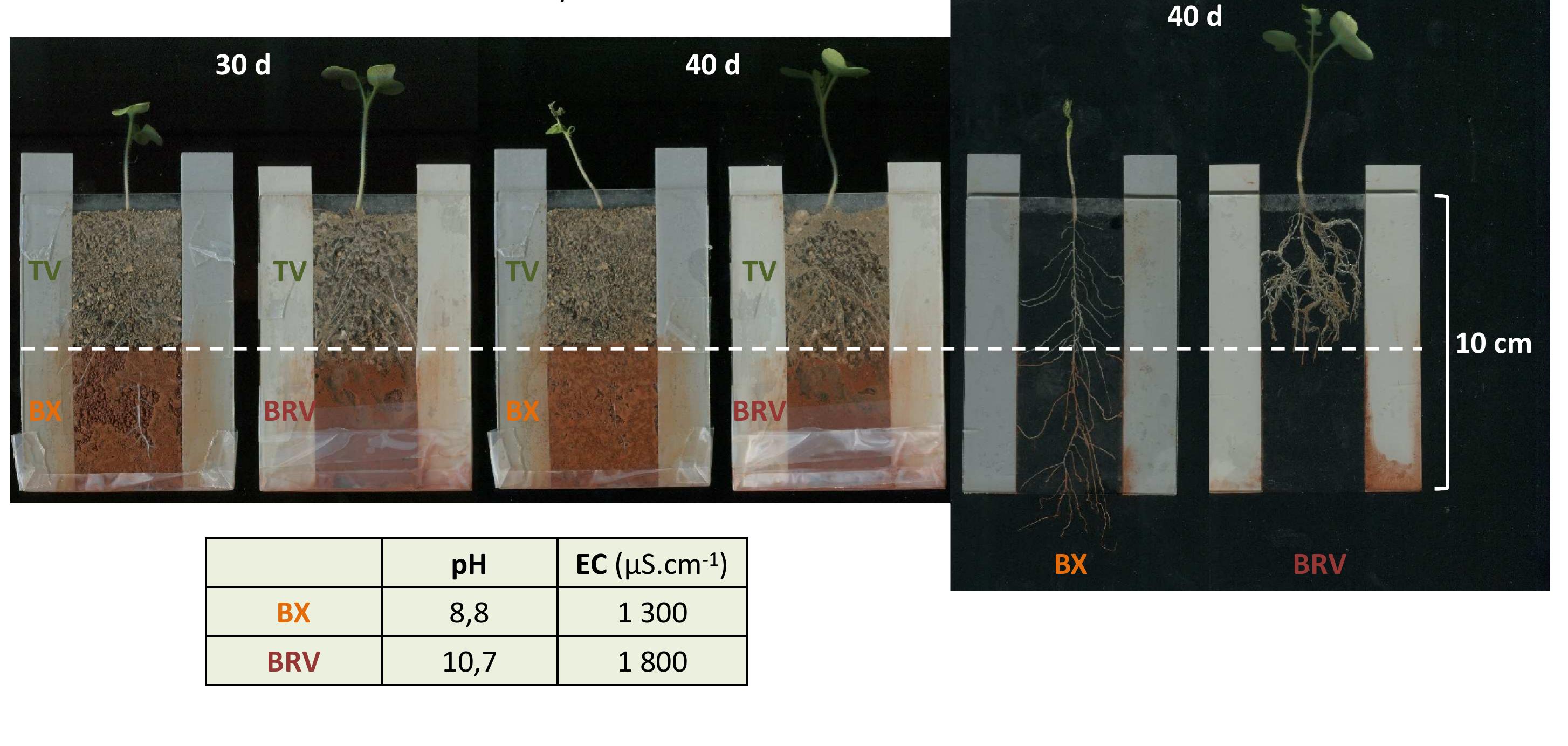Key research themes
1. How can metagenomic and multi-omics approaches advance the characterization of microbial functional diversity at the community and ecosystem levels?
This research area focuses on integrating high-throughput sequencing, metagenomic assembly, and complementary omics (metabolomics, metaproteomics) to capture microbial functional potentials, activity, and their environmental associations. It addresses challenges of unbiased data acquisition, functional annotation of unknown gene content, and the relationship between microbial taxonomic diversity and functional traits in diverse ecosystems.
2. What are the ecological and environmental drivers shaping microbial functional diversity and how can trait-based and metabolic energy perspectives elucidate microbial ecosystem functioning?
This theme examines how abiotic environmental gradients, such as temperature, aridity, and metabolic energy availability, influence microbial taxonomic and functional diversity, community assembly, and ecosystem functions. It encompasses approaches that emphasize traits—functional properties linked to organismal fitness—and energy yields of microbial guilds to explain diversity patterns and ecosystem functioning from macro- to microbial scales.
3. How can synthetic microbial community experiments combined with machine learning and trait-based approaches identify microbial functional diversity patterns driving host-associated phenotypes?
This theme explores experimental reductionist and computational strategies combining synthetic microbial communities (SynComs), high-resolution functional characterization, and machine learning to disentangle compositional, trait, and phylogenetic factors underlying microbiota-conferred host traits such as pathogen resistance. It advances causative inference beyond observational correlations by mechanistically linking microbial functional and taxonomic diversity with ecosystem or host phenotypes.
























